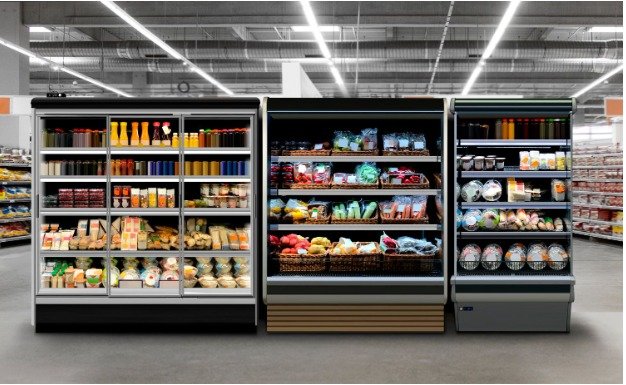5 Factors Affecting the Longevity of Food Products in Retail

In the world of retail, food product shelf life is a critical concern for both customers and retailers. Many factors impact a product’s overall quality and shelf life from the time it is placed on the shelves until the client purchases it. Retailers need to understand these elements to preserve consumer trust, cut waste, and make sure sanitary rules are observed. We will dig into the complexities of what impacts the life span of food items in retail.
Innovative Refrigeration Solutions: Elevating Preservation Standards
It’s critical to adopt cutting-edge refrigeration systems as the retail industry changes. Modern refrigerators with cutting-edge humidity and temperature control redefine preservation benchmarks. These Commercial Fridges UK promote sustainability and energy efficiency in addition to extending the shelf life of a variety of food goods. Retailers may strategically use these innovations to improve their storage capacity, from walk-in coolers that accommodate greater inventory to display fridges that improve product exposure. Examining the most recent developments in commercial refrigeration enables companies to maintain their competitive edge in the retail market while emphasizing the durability and caliber of their products.
Bundling and Stockpiling Conditions: Saving Freshness:
The bundling and stockpiling states of food items assume a critical part in deciding their timeframe of realistic usability. Appropriate bundling guarantees insurance from outer components like light, air, and dampness, which can speed up decay. Vacuum-fixed bundling, for example, keeps up with the newness of short-lived merchandise by limiting openness to oxygen. In addition, proper storage conditions, such as levels of temperature and humidity, are essential for extending the shelf life of food products. Retailers should comply with prescribed capacity rules to forestall untimely crumbling and keep up with item quality.
Fixing Quality and Piece: The Underpinning of Longevity:
The quality and piece of fixings essentially influence the life span of food items. Excellent fixings obtained from respectable providers are less inclined to corruption and decay, consequently delaying the item’s time span of usability. Besides, the sythesis of fixings, including additives and added substances, assumes urgent part in safeguarding newness and forestalling microbial development. Producers should work out some kind of harmony between consolidating important additives for rack steadiness while sticking to purchaser inclinations for normal and insignificantly handled fixings.
Transportation and Dissemination: Protecting Item Integrity:
The transportation and dissemination of food items from makers to retailers are basic stages where item uprightness can be compromised. When transporting perishable goods, proper handling, temperature control, and adherence to food safety regulations are absolutely necessary. Refrigerated trucks, protected holders, and temperature observing frameworks assist with keeping up with ideal circumstances and forestall openness to unfavorable conditions that could speed up disintegration. To maintain product freshness and ensure seamless logistics throughout the supply chain, manufacturers, distributors, and retailers must work together.
Buyer Conduct and Training: Enabling Informed Choices:
Buyer conduct and training assume a fundamental part in deciding the life span of food items post-buy. Legitimate taking care of, stockpiling, and adherence to termination dates are fundamental practices that purchasers should embrace to save item newness and wellbeing. Retailers can work with shopper schooling through clear naming, stockpiling directions, and instructive missions featuring best practices for food taking care of and stockpiling. By enabling buyers with information and mindfulness, retailers can limit food waste and improve the general purchaser experience.
Conclusion:
All in all, the life span of food items in retail is a complex undertaking that requires a comprehensive methodology enveloping bundling, fixing quality, fabricating processes, transportation, purchaser schooling, and administrative consistence. Retailers can extend the shelf life of food products, reduce waste, and uphold the highest quality and safety standards by proactively addressing these factors. Embracing advancement, utilizing innovation, and encouraging coordinated effort across the production network are fundamental parts of supporting life span and maintainability in the retail food industry. As customer inclinations develop and familiarity with ecological and wellbeing concerns develops, retailers should stay dexterous and versatile in their endeavors to fulfill the unique needs of the commercial center while guaranteeing the trustworthiness and life span of the items they offer.
Read More On: Duggar News






